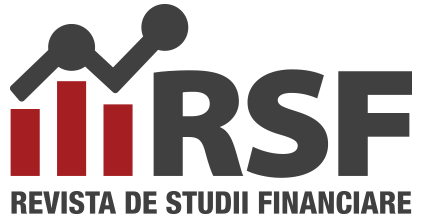Authors: Cecilia Ciocîrlan, Andreea Popescu-Crețulescu, Andreea Mădălina Stancea
Vol. 9 • No. 16 • May 2024
Abstract
Brexit, the Covid Pandemic and the Russia-Ukraine War represent the latest three major global events that have demonstrated that financial contagion is a phenomenon that needs careful study because its global effects can cause unprecedented shocks to regional and global financial markets. The main reason is related to the interconnectedness of these markets, the interdependence between countries, and the connections created over decades between national and international financial institutions. In this paper, we aim to analyze, using the Diebold-Yilmaz (DY) methodology proposed by Diebold and Yilmaz in 2014, the effects of financial contagion in the three major crises Brexit, Covid and the Russia-Ukraine war (first year). Financial contagion is primarily a fear-driven phenomenon. Financial network connectivity has the potential to change due to investors’ fear during events that are disturbing and cause exogenous turbulence. We use the network analysis established by Diebold and Yilmaz (2014) to study how SCDS (Credit Default Sovereign Markets) markets changed their interconnectedness around exogenous shocks in the last decade (Brexit, the Covid-19 pandemic, and the Russian invasion of Ukraine).
Keywords: Financial contagion, DY methodology, VAR model, SCDS Markets, exogenous shocks.
JEL Classification: G11, G15.
DOI: 10.55654/JFS.2024.9.16.06
